Are the new solutions for cartilage damage right for you?
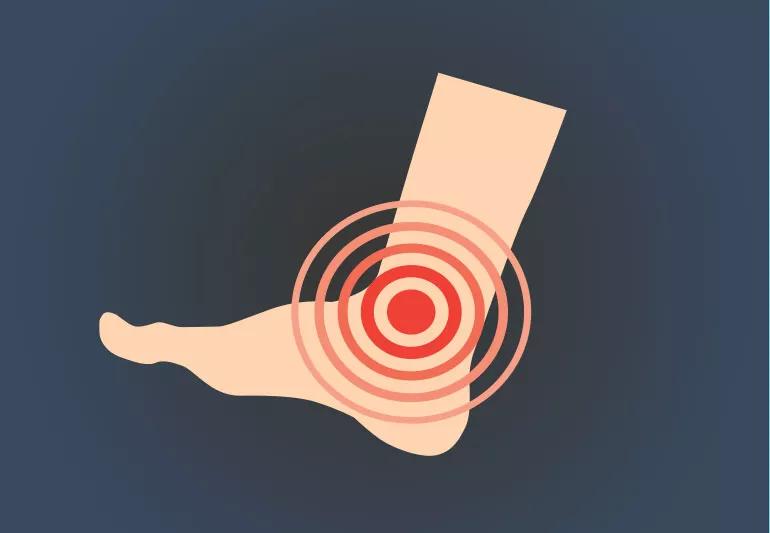
Walking: It’s something you take for granted — unless it’s painful to put one foot in front of the other. The pain may be due to foot and ankle arthritis, which causes the cartilage to break down. Orthopaedic surgeon Sara Lyn Miniaci-Coxhead, MD, shares the latest procedures that can give you relief.
Cleveland Clinic is a non-profit academic medical center. Advertising on our site helps support our mission. We do not endorse non-Cleveland Clinic products or services. Policy
An approach that uses a contact lens-type material is growing in popularity. It replaces the body’s natural cartilage (cushioning material) that wore away because of good ol’ wear and tear.
“If someone is suffering from pain in the great toe, we can use a gumdrop-shaped implant made from a material similar to contact lenses,” says Dr. Miniaci-Coxhead.
During the procedure, which lasts about 15 minutes, your surgeon will:
“If an implant isn’t going to work, you’ll likely know within the first two years,” says Dr. Miniaci-Coxhead. “People who make it to five years have a 92% success rate. For most patients, success means pain relief.”
The alternative to replacement is a fusion procedure, where surgeons permanently connect the big toe to the adjacent bone. Fusion is the gold standard and has a 95% success rate.
So why choose cartilage replacement?
“You have to be the right candidate for an implant,” says Dr. Miniaci-Coxhead. “If you have a bunion or another reason for pain around the big toe joint, a toe joint fusion might be a better choice.”
Arthritis in the ankle joint is another condition that’s a real pain in the feet. And ankle joint replacement procedures are gaining in popularity.
“The first generation of replacement ankle joints, designed in the 1970s, was less successful,” says Dr. Miniaci-Coxhead. “But the device is now in its third generation, and we’re seeing a real improvement for patients.”
During an ankle replacement surgery, your surgeon will:
People find ankle replacement alleviates their pain in 80 to 90% of cases. The alternative, ankle fusion (permanently connecting the bones at the point where the cartilage has worn away), has a similar success rate.
With similar pain-relieving results, how do you choose between ankle fusion and ankle replacement? If maintaining your range of motion is important to you, then the ankle replacement is the best bet.
But don’t count on an ankle replacement if you have any form of neuropathy — nerve damage in the feet. In that case, a fusion will give you the best result.
“Talk to an orthopaedic surgeon if you have pain or difficulty walking,” says Dr. Miniaci-Coxhead. “Your surgeon can guide you to the best option for relief. There is always something we can do!”
Learn more about our editorial process.
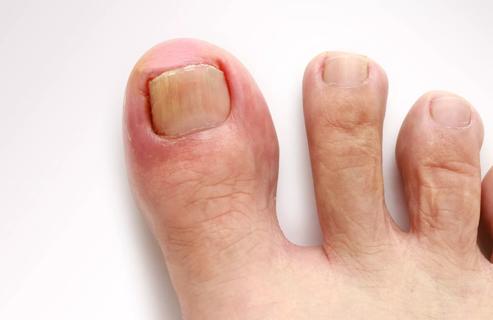
Pain meds, toenail protectors and petrolatum jelly may spare you a trip to a podiatrist
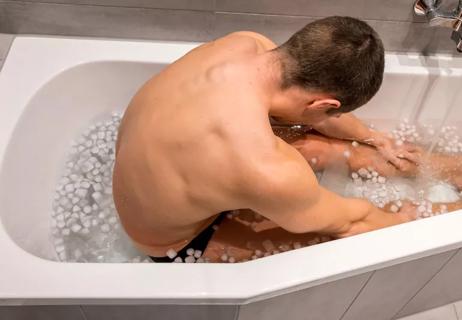
An ice bath can ease sore muscles and decrease inflammation after a workout

Wrist flexor and extensor stretches are the best stretches for wrist pain
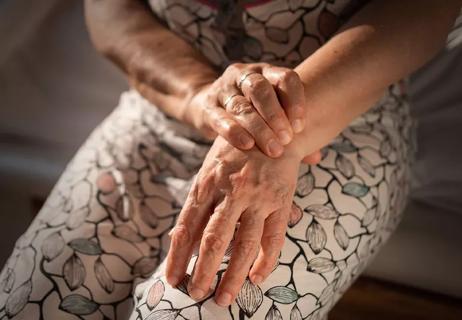
Simple exercises like tendon glides and finger lifts can have a big impact

They can last 10 to 15 years, but factors like age and activity level can impact their longevity

It’s a normal, common occurrence, but popping with pain or swelling may be a sign of an injury
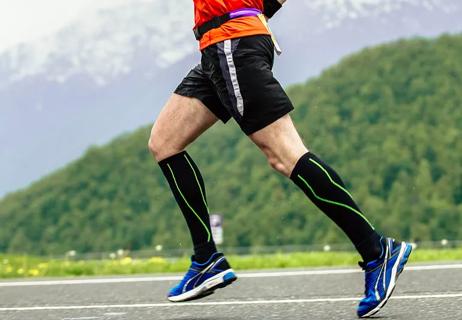
Safe to wear for most people, compression socks promote better blood circulation in your legs

It could be an injury, arthritis, a bone infection or even the position of your collarbone

Your metabolism may torch 1,300 to 2,000 calories daily with no activity

A gentle touch in all the right places may help drain your sinuses